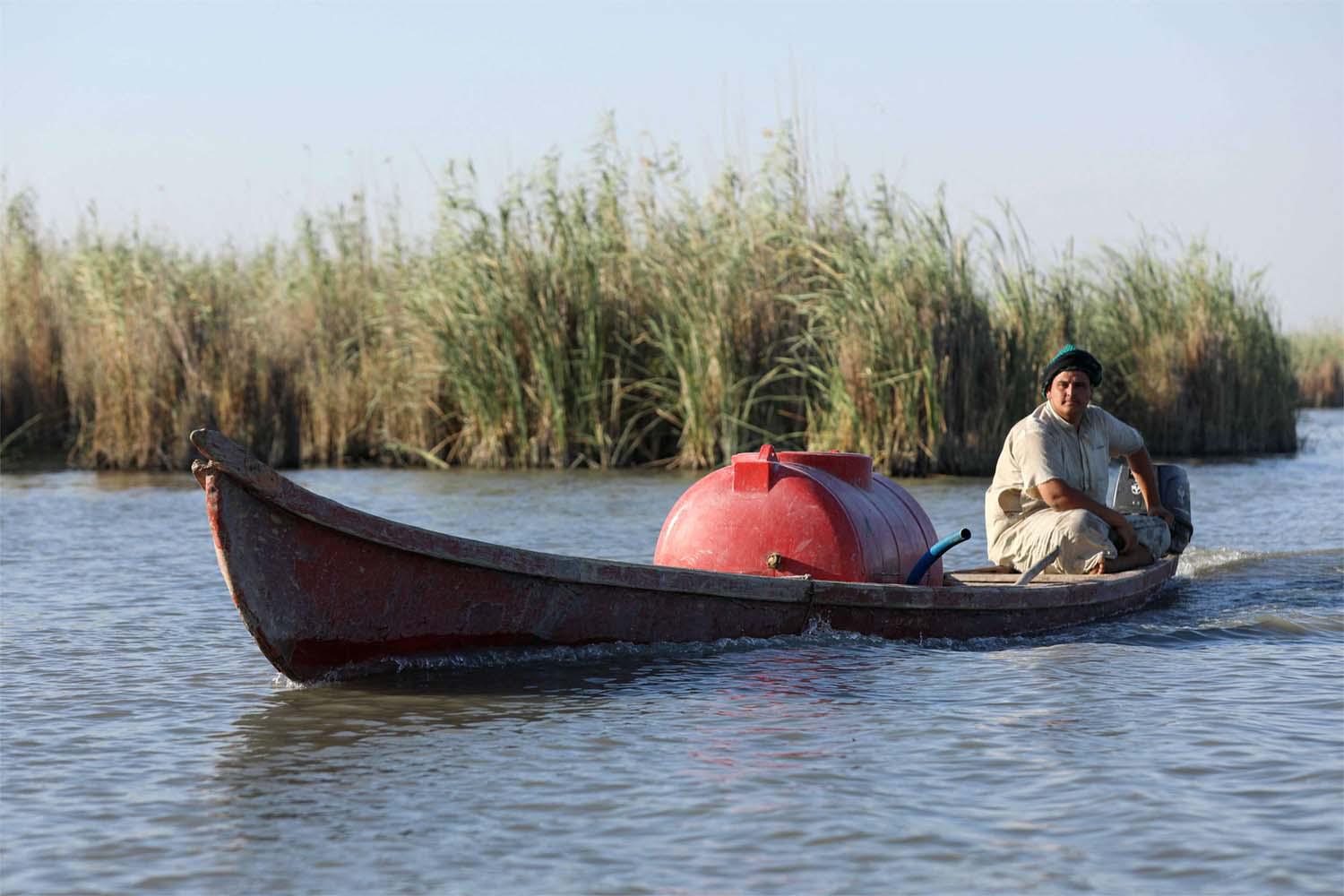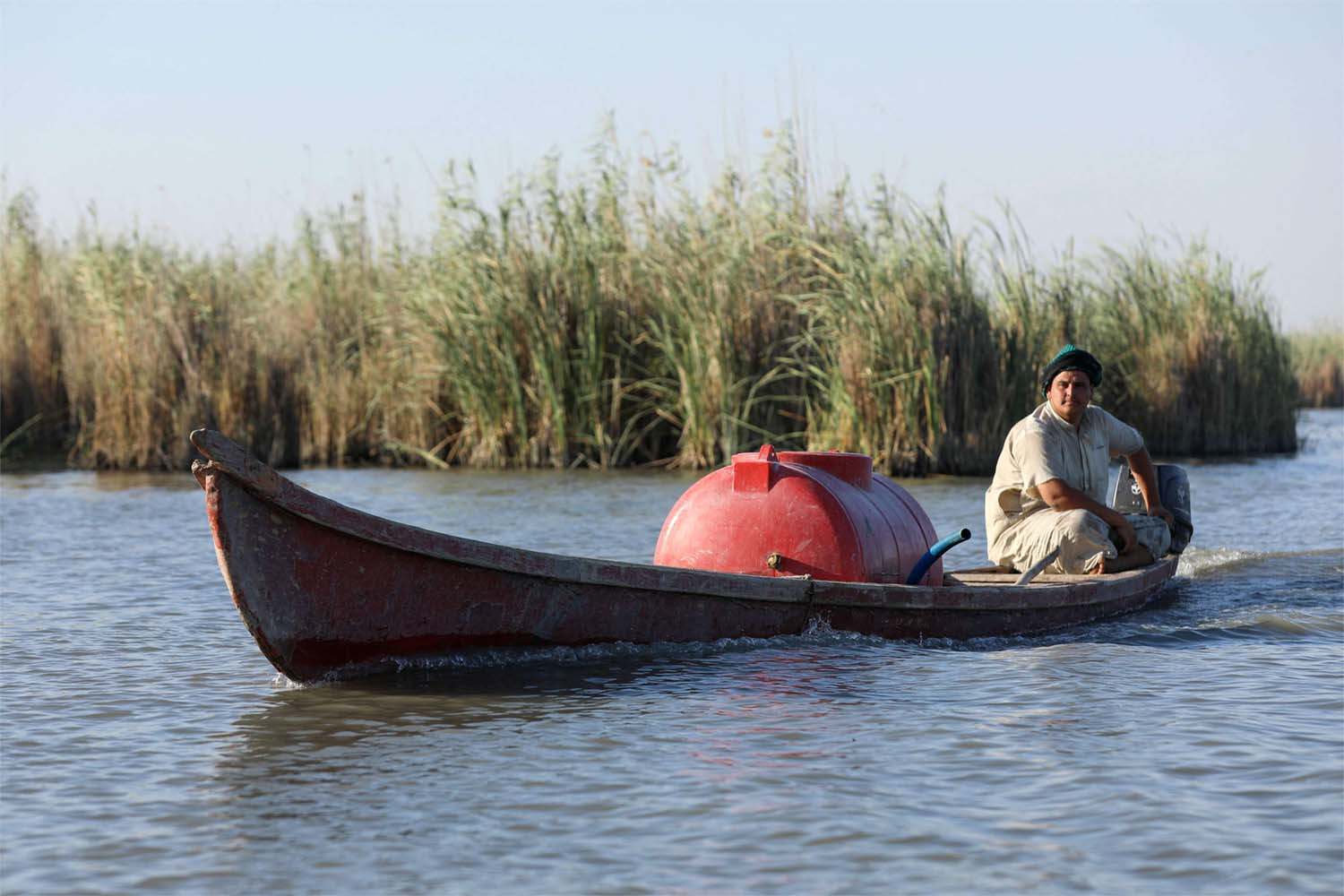Marshes of Iraq: rich environment and poor reality
BAGHDAD - Initially, the marshes in southern Iraq are considered the cradle of the ancient Sumerian civilization, as they are characterized by a unique and integrated ecosystem characterized by biodiversity.
The marshes are abundant with many types of fish and crustaceans, turtles, and water snakes. The reed is the dominant plant in the marshes, followed by sedge and other types of plants such as water lilies, river hips, and duckweed.
At the beginning of each winter, hundreds of thousands of migratory birds, the most famous of which is the flamingo, fly towards the marshes. The marsh environment is also inhabited by buffaloes and mammals such as pigs and wild cats, in addition to species that are threatened with extinction.
This indicated the occurrence of exceptional circumstances in which various natural and political factors interacted, followed by other changes in Iraq and its neighbourhood.
The Iran-Iraq war and its consequences affected the environment of the region by diverting the course of rivers and establishing barriers and dams for security and military reasons.
This led to the drying up of large areas of Iraq's marshes. Numerous attempts have been made to recover the marshes by local residents, international agencies, and non-governmental organizations.
However, climate changes and water scarcity (the Tigris and Euphrates rivers) due to the policies of the upstream countries (Turkey) were decisive factors in the failure of all these efforts.
In 2016, in an international attempt to save the marshes of Iraq and support recovery attempts, the Iraqi marshes were named a UNESCO World Heritage Site, and the United Nations described the marshes in Iraq as a "haven of biodiversity and a historical site for the cities of the Mesopotamian civilization."
Undoubtedly, any region that includes these two elements, history, and a diverse, rich environment, must be valued and essential to the human heritage.
The authorities responsible for the listed areas must provide appropriate conditions for global tourism and its protection.
UNESCO is responsible for monitoring these sites and organizing visits to assess their conditions by issuing warnings to the responsible authorities and removing any risks that threaten them.
What we fear, of course, is that there will not be progress in correcting the situation that will convince the experts. Therefore, it is possible that the site will be placed on the list of sites threatened by being removed from the World Heritage List, and this is the great danger that currently threatens Iraq.
Consequently, the Iraqi government must pressure neighbouring countries to increase water release to raise the marshes' flooding rates while legislating strict laws by the Iraqi parliament that criminalize poaching of endangered animals.
Dr. Mohammed B. Thamir is professor at Al Mustansiriyah University







